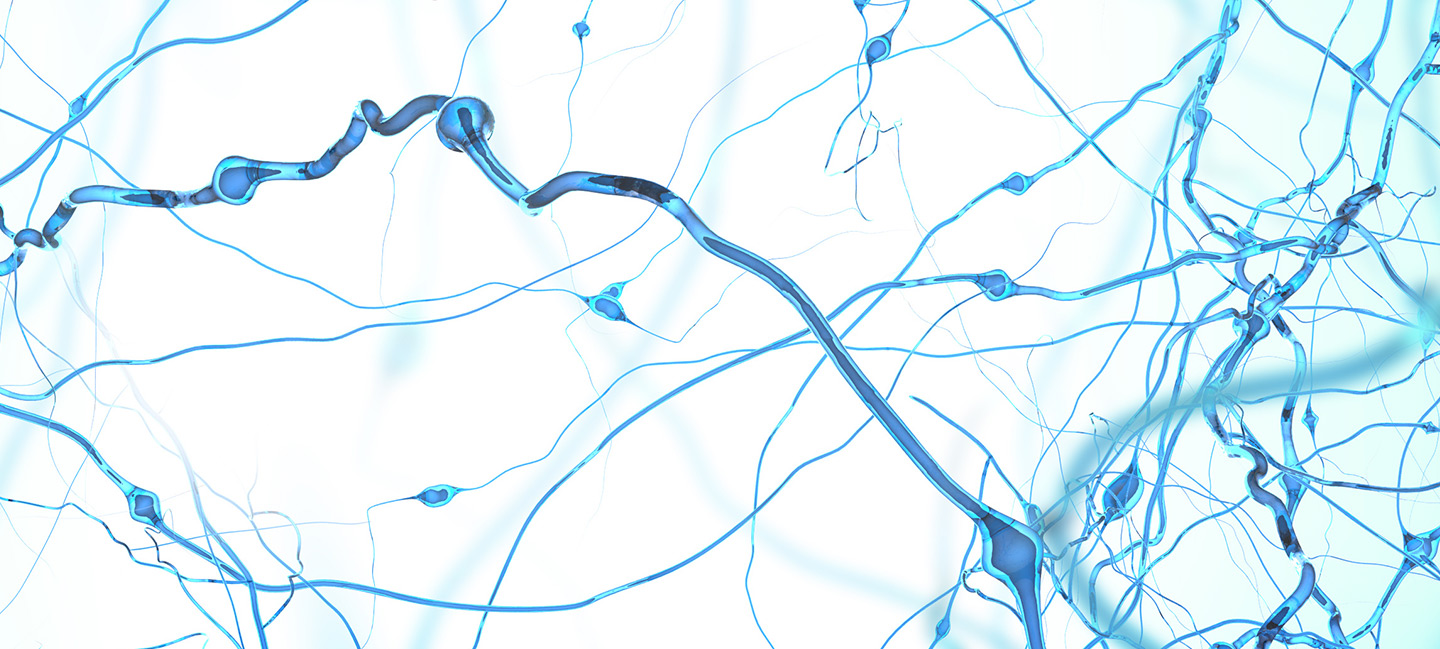Optogenetics Technology Helps Identify More Precise Treatment Targets for OCD
Optogenetics Technology Helps Identify More Precise Treatment Targets for OCD

In two back-to-back papers published June 7, 2013 in Science, two different research teams used the groundbreaking fiber-optic light technology, optogenetics, developed by Karl Deisseroth, M.D., Ph.D., with the support of a NARSAD Young Investigator Grant, to identifiy specific mechanisms in the brain that give rise to the symptoms of obsessive-compulsive disorder (OCD). The new findings offer new, more precise targets for treatment that may also offer preventive possibilities.
Hallmarks of the most severe OCD cases include intrusive and repetitive thoughts and behaviors that can be debilitating. Examples include excessive hand washing in humans and excessive grooming in mice. There are two areas in the brain believed to be associated with OCD: the cortex region of the brain, controlling thoughts, is thought to be the ‘home’ of obsessions and compulsions and the striatum, which controls movements, is thought to be responsible for the behaviors. But little is known about how abnormalities in those areas give rise to OCD and many of the millions of people living with OCD are unresponsive to the most common treatments—medication and psychotherapy.
These current studies shed new light on the development of the illness. In the first study, Brain & Behavior Research Foundation NARSAD Grantees Susanne Ahmari, M.D., Ph.D., Mazen A. Kheirbek, Ph.D., Helen Blair Simpson, M.D., Ph.D., Joshua A. Gordon, M.D., Ph.D., and René Hen, Ph.D. and Columbia University colleagues used Dr. Ahmari’s 2012 NARSAD Young Investigator Grant for their study. The team found that repeated stimulation of neural circuits linking these two brain areas (the cortex and striatum) produced progressive repetitive behavior that continued for up to two weeks after the stimulation regimen had been stopped. Administering Fluoxetine (also known by the tradenames Prozac®, Sarafem® and others), commonly used to treat OCD, successfully halted the repetitive behavior. This observation of progressive development of symptoms (from small but repeated bursts of abnormal neuronal activity), as well as the success of intervention with medication to alleviate them, suggests that by targeting this region it may be possible to stop abnormal circuit changes before they become pathological behaviors in people at risk for OCD. Optogenetic approaches can be used to further this work, precisely identifying circuit mechanisms that may respond to deep brain stimulation and other treatments to alleviate―or halt the development of―repetitive, compulsive behaviors in OCD.
The lab of NARSAD Distinguished Investigator Grantee Ann M. Graybiel, Ph.D. of Massachusetts Institute of Technology was the site of the other study which used optogenetics to identify specific circuits linked to compulsive behavior. The researchers worked with mice lacking the “Sapap3” gene (a gene that codes for a protein found in the synapses of neurons in the striatum) to see if they could then interrupt or halt conditioned compulsive behavior in the animals. Working with the same two brain regions as the above research team at Columbia―and the neural circuits that link them― the researchers found that by stimulating cortical cells that send messages to the striatum, the test mice stopped their compulsive grooming almost totally. The researchers suggest that this “cure” resulted from signals sent to a very small group of inhibitory neurons in the striatum. These findings offer additional insight for the development of more precise treatment options for OCD.
Read more about this research in Time magazine
Read Columbia University’s announcement
Read the Massachusetts Institute of Technology study announcement


